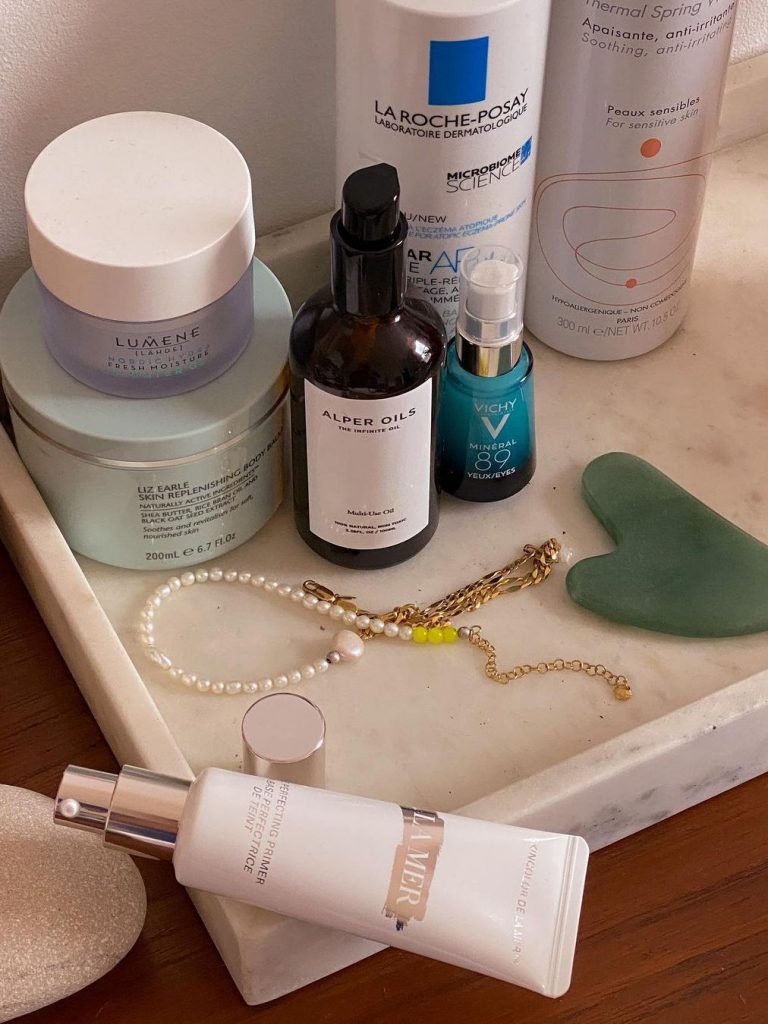
The 4 Rules for Choosing a Moisturizer If You Have Rosacea
If only choosing a skincare product was 100% simple—you just pop into the store (or fill your cart online) with the first thing that comes up and call it a day. But we know that you’ve got to be mindful of a couple of things when shopping for those moisturizers, serums, cleansers, toners, and more. The most important factors? Your skin type and any conditions and concerns.
It might seem like a no-brainer to some, but up until a while ago, I wasn’t personalizing something I thought was so simple—a face cleanser—to my particular skin type. Now I know.
If you have rosacea, you know how tough it can be to find products that can work for you and any flare-ups that might occur. A lot of skincare finds can be irritating or make the redness worse. Especially when it comes to moisturizers, there are a few things you want to keep in mind.
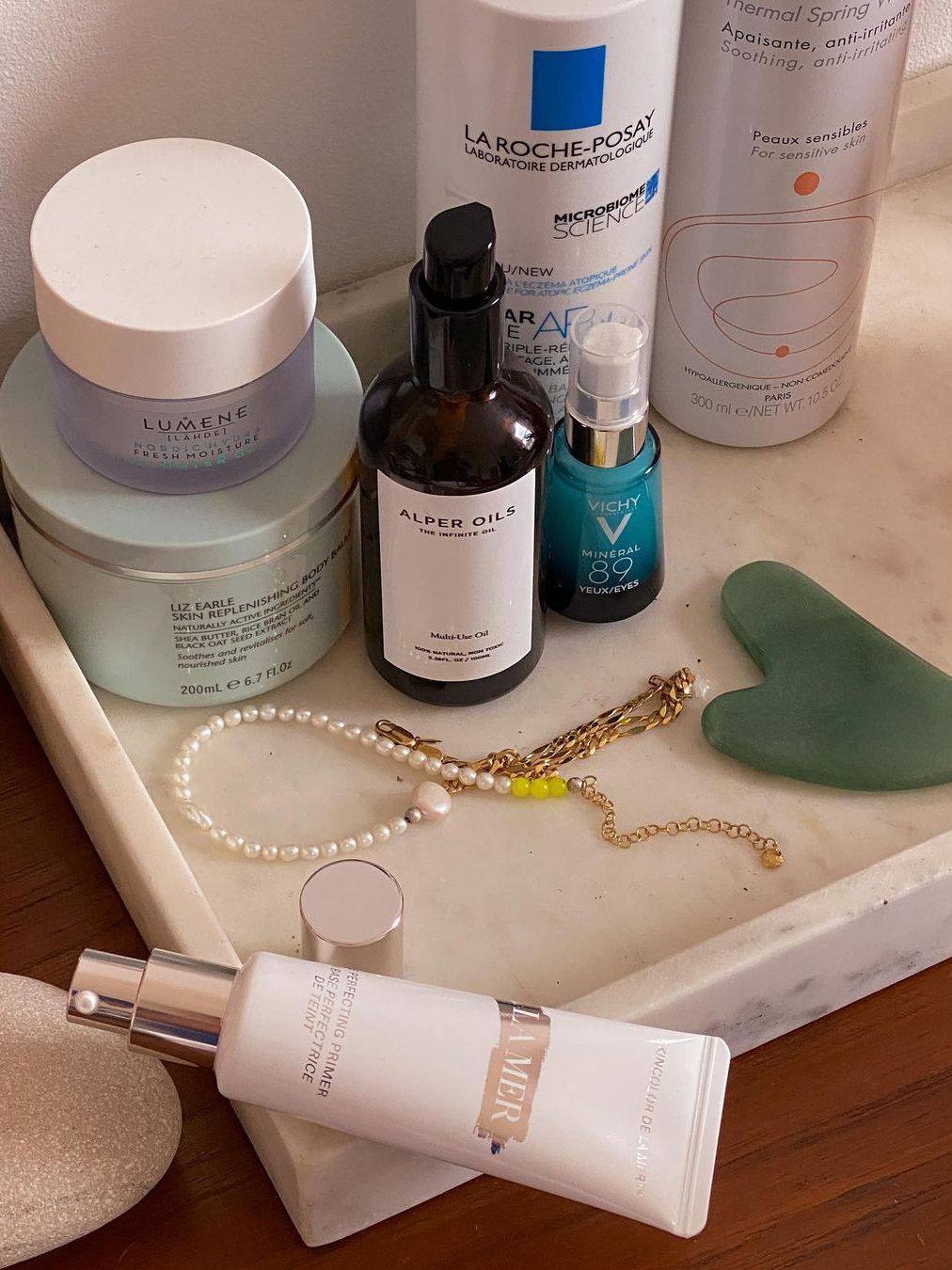
First, if you have rosacea, you probably know you have it, but I asked a dermatologist to define the skin condition officially. “Rosacea is an inflammatory condition of the skin that is associated with skin sensitivity,” explains board-certified dermatologist Aleta Simmons, MD. “The foundations of treatment include gentle skin cleansers, moisturizers, and sun protection with SPF. SPF is important because sunlight is a trigger for rosacea flares. The challenge is finding the right product for your skin that does not cause irritation or worsen sensitivity.”
When choosing a product, it helps to think about both your rosacea and your skin type. “The biggest problem of all is choosing an over-the-counter product that claims to treat rosacea but might not agree with your skin type,” says board-certified dermatologist Ife Rodney, MD, FAAD, of Eternal Dermatology and Aesthetics. “People with rosacea tend to have dry skin and may be using a product not suited for their skin type. Make sure to speak with a dermatologist about rosacea first, rather than trying to treat it yourself.”
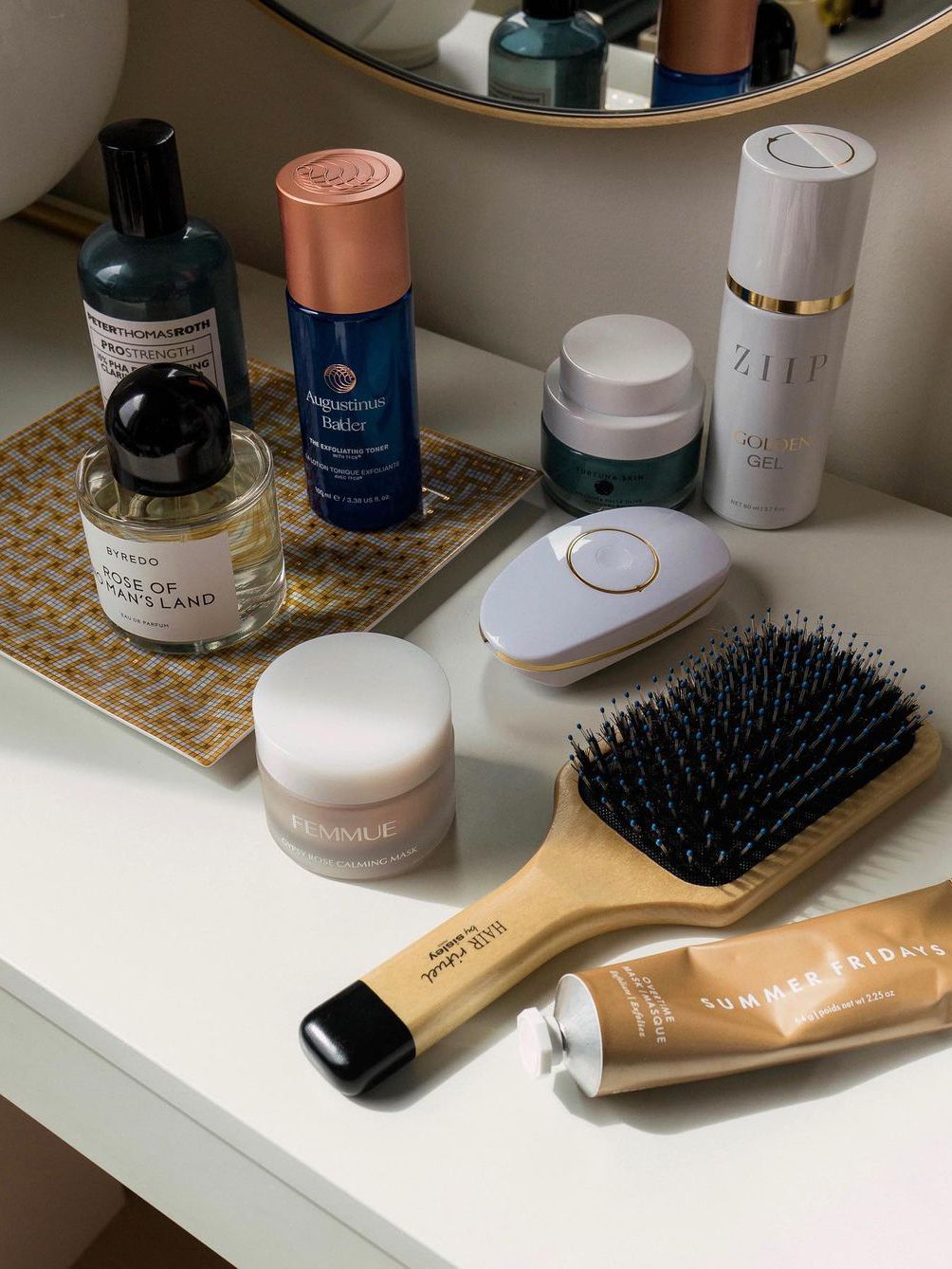
When picking out the best moisturizer, people with rosacea will benefit from something soothing. “People with rosacea need gentle moisturizers that will also help maintain the skin’s natural moisture barrier to keep it hydrated, calm, and better protected from outside elements,” says board-certified dermatologist Naissan Wesley, MD. Here are some other rules to follow.
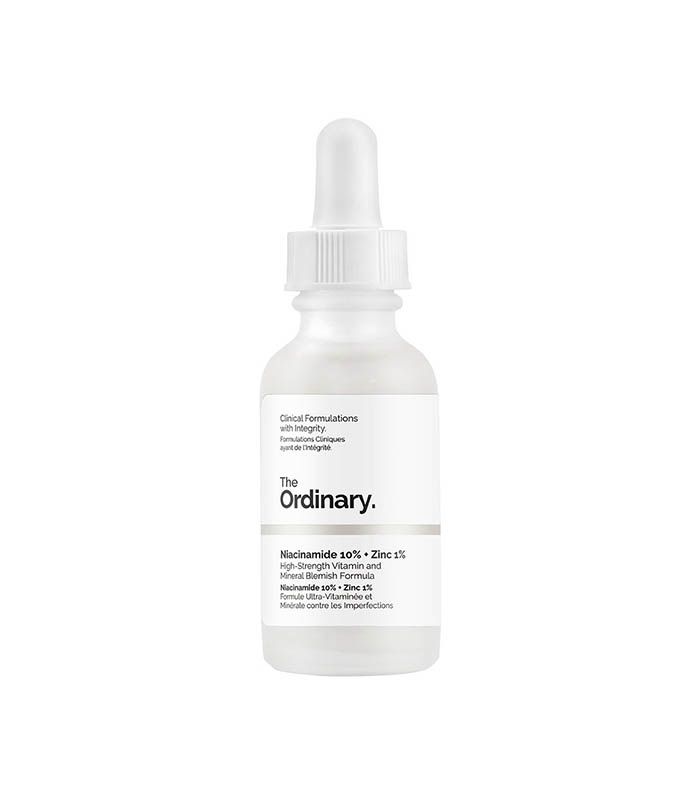
Since dryness is a common symptom for people with rosacea, products with glycerin, hyaluronic acid, and hydrating oils like argan oil can keep your skin moisturized. “Ceramides, present in many skincare products, are especially helpful for rosacea,” Rodney says. “Ceramides help to keep skin cells aligned and tightened, which prevents water loss from the skin while keeping out dirt and impurities. Vitamins like niacinamide (vitamin B3) and vitamin C are antioxidants that help to repair DNA damage to skin cells caused by free oxygen radicals.”
Sunscreen is always important, so it might be helpful to look for a moisturizer with built-in broad-spectrum sunscreen that is SPF 30 or higher. Exposure to UV light can exacerbate symptoms of rosacea, Wesley adds.

You’ll want to steer clear of any ingredients that may irritate the skin. “Moisturizers with exfoliants such as salicylic, glycolic, and lactic acids, as well as retinoid, can be irritating, leading to increased redness,” Simmons explains.
Alcohols, benzoyl peroxide, retinoids (unless it’s included in a gentle formulation), fragrance, menthol, eucalyptus, peppermint oil, harsh soap, and sodium lauryl sulfate can be irritants in all different types of skincare products for sensitive skin and rosacea, Wesley adds.
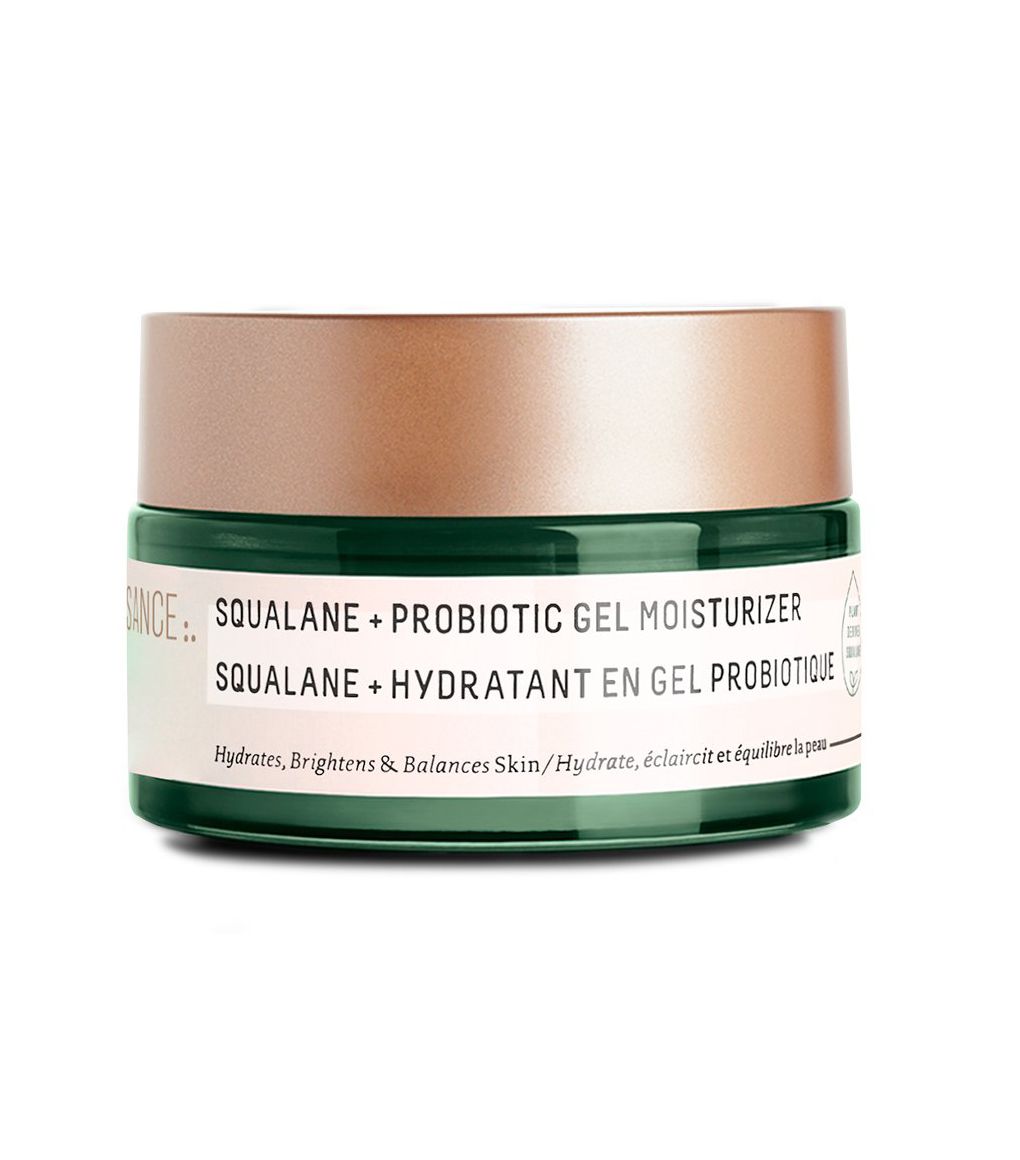
By “vehicle” we mean whether your moisturizer is a cream, gel, or lotion. “Moisturizer vehicle choice is personalized for each patient,” Simmons explains. “Those with extra-dry skin may benefit from a cream or gel-to-cream moisturizer, whereas people with normal to oily skin may prefer a lotion, gel, or water-based moisturizer.”
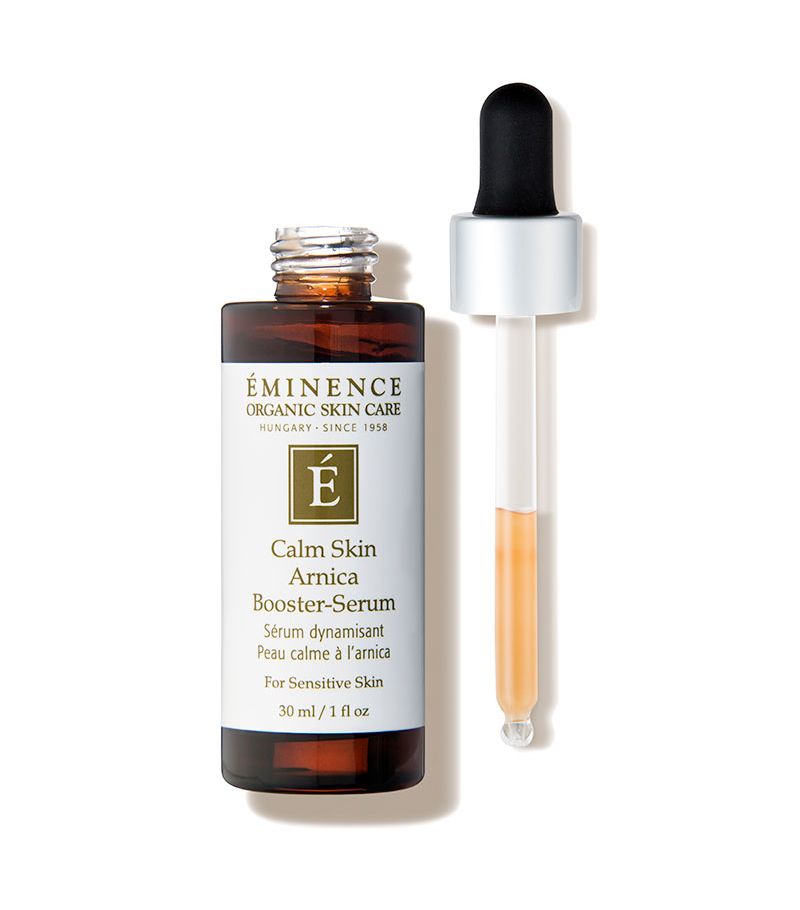
“Rosacea and acne breakouts often go hand in hand,” Rodney says. “Even moisturizers that promise great hydration could clog your pores, increasing the chances of a breakout.” Look for products that are noncomedogenic, which means they won’t clog pores.

Once you find a moisturizer that works with your rosacea, make sure to apply it regularly to keep the skin hydrated. “I can’t state enough how important moisturizing is for people with rosacea,” Rodney says. “It’s nonnegotiable. You should moisturize at least once a day, as it helps to hydrate the skin, which reduces irritation, peeling, burning, and redness. It restores your skin’s protective barrier. The moisturizer also helps place an additional layer of protection against dirt and other external impurities. If your skin starts feeling dry during the day, don’t be afraid to reapply your moisturizer, especially if you’re out and about in the sun.”
Rodney recommends applying moisturizer to clean skin—wash your face with lukewarm water and air-dry. If you have prescription rosacea cream, apply that first, let it dry, and apply your moisturizer. When trying a moisturizer for the first time, do a patch test and leave it on for a few hours or overnight to see if you have any signs of irritation.
And you can try this trick for extra relief: Simmons suggests putting your moisturizer in the fridge for a cooling effect when you apply.
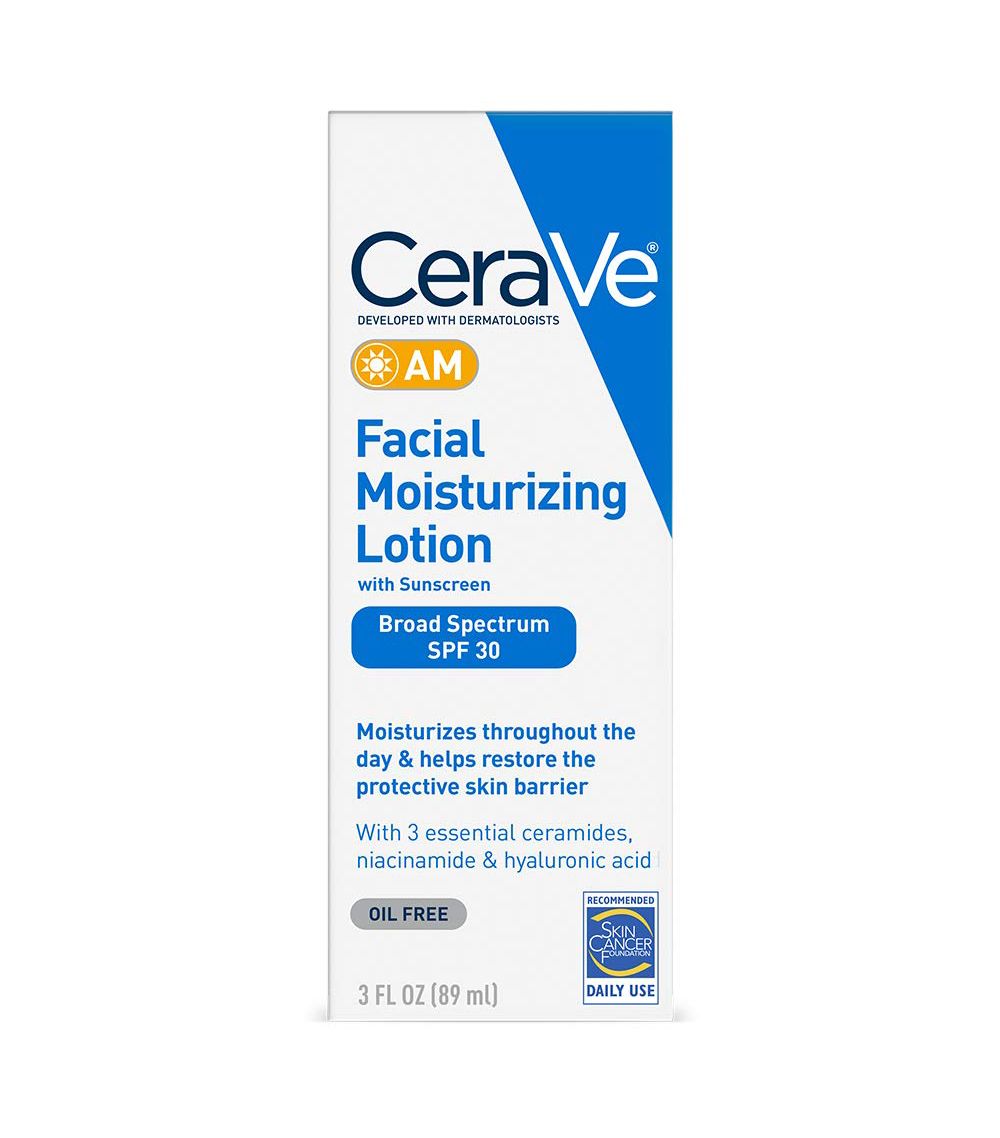


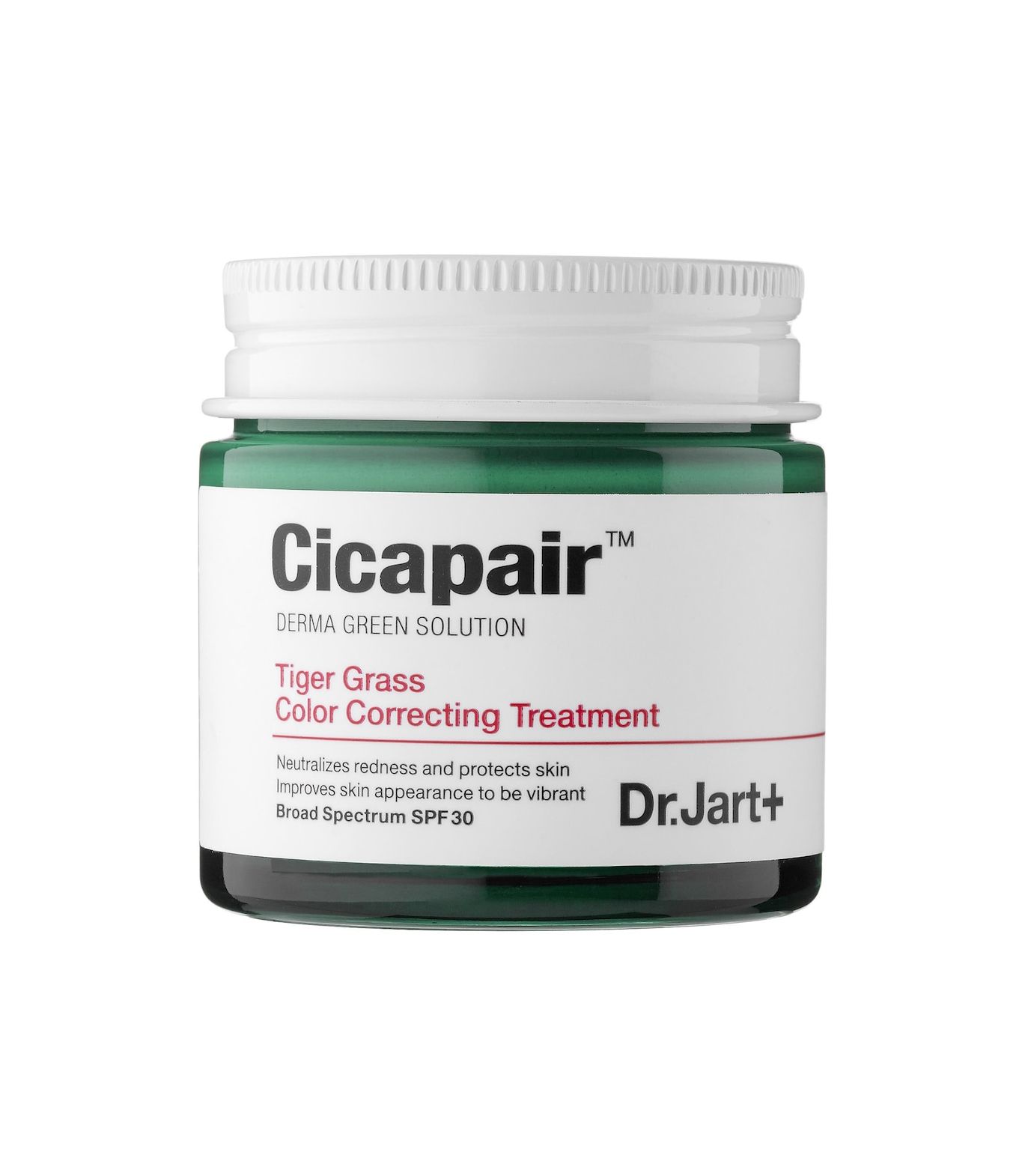
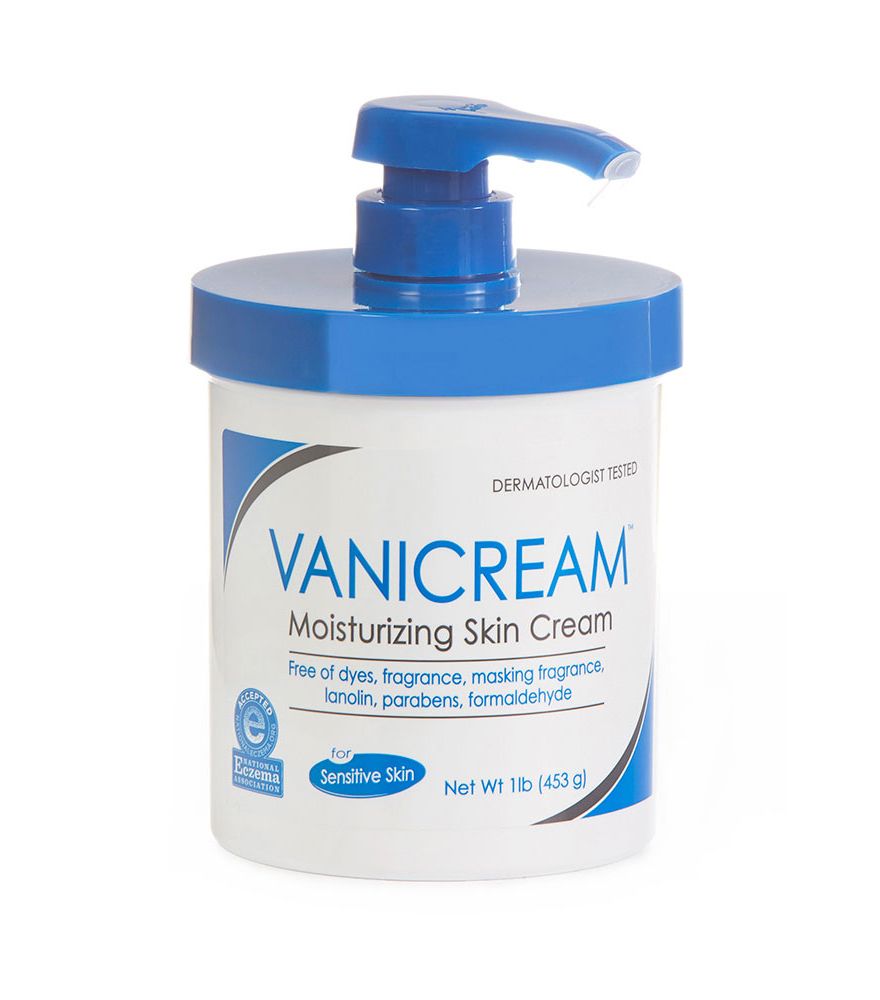
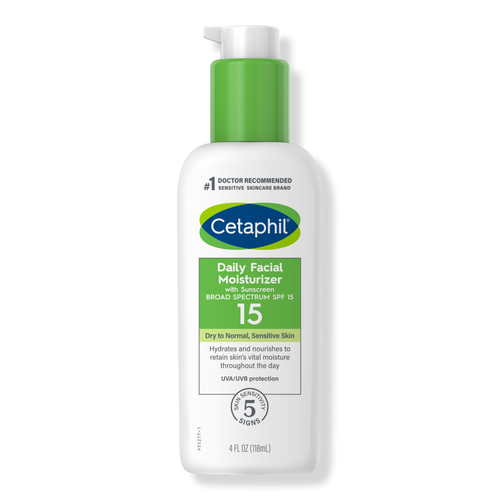
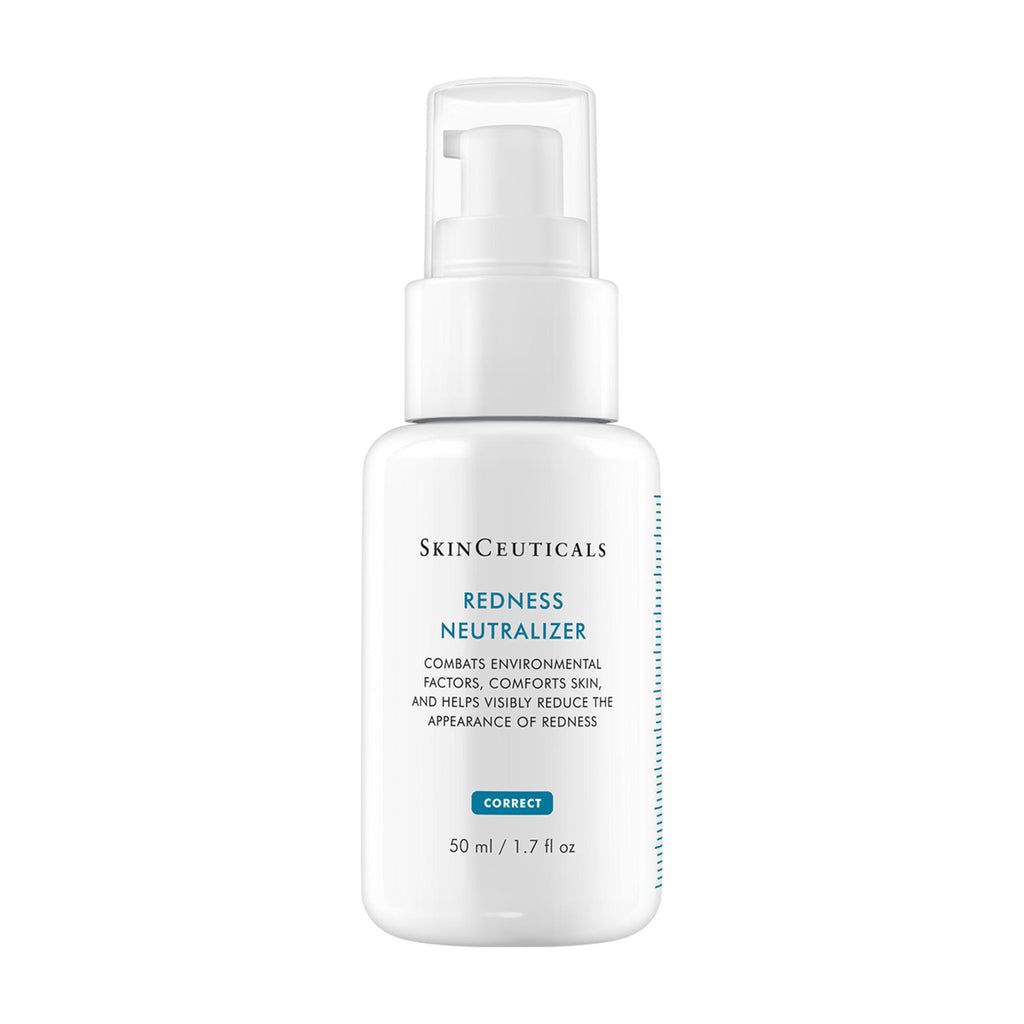
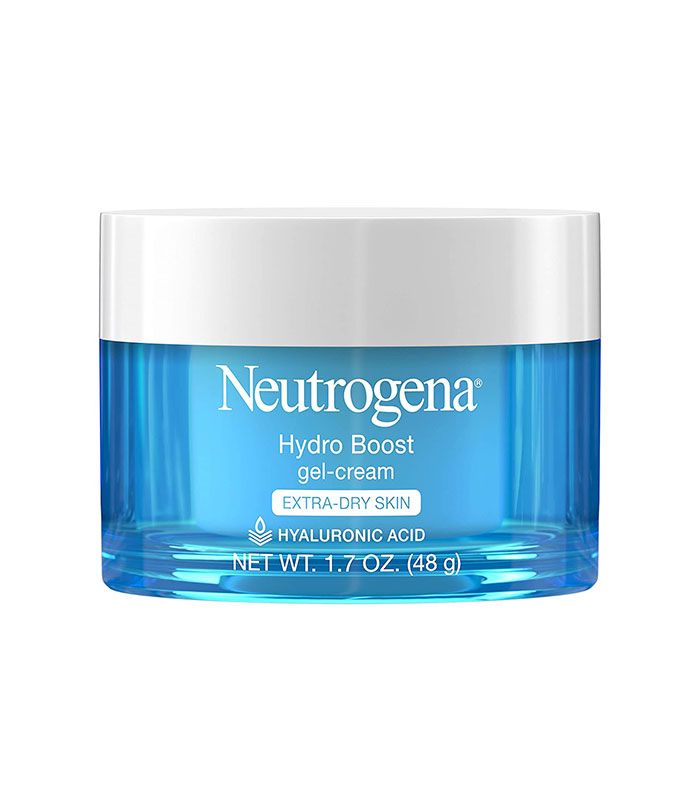
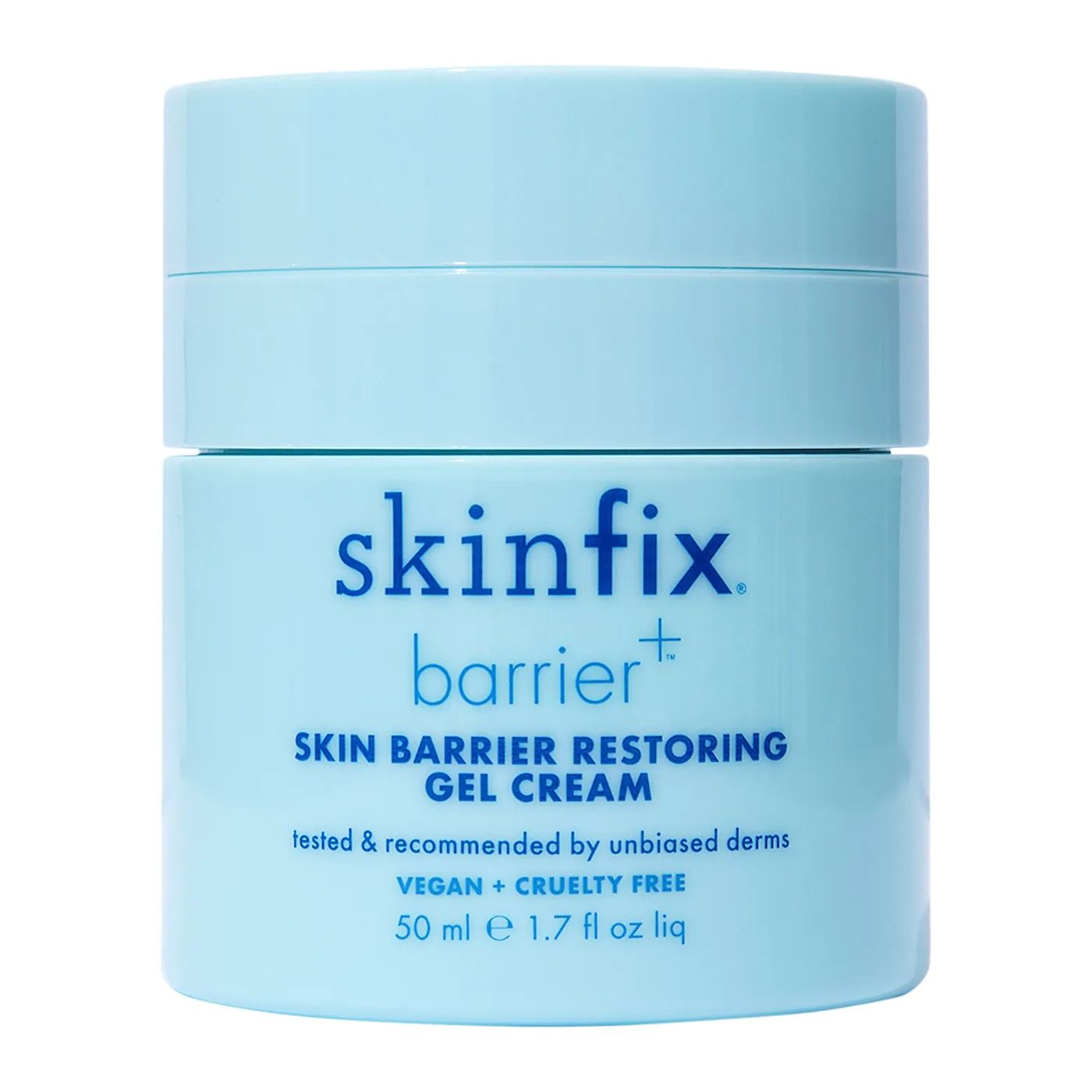
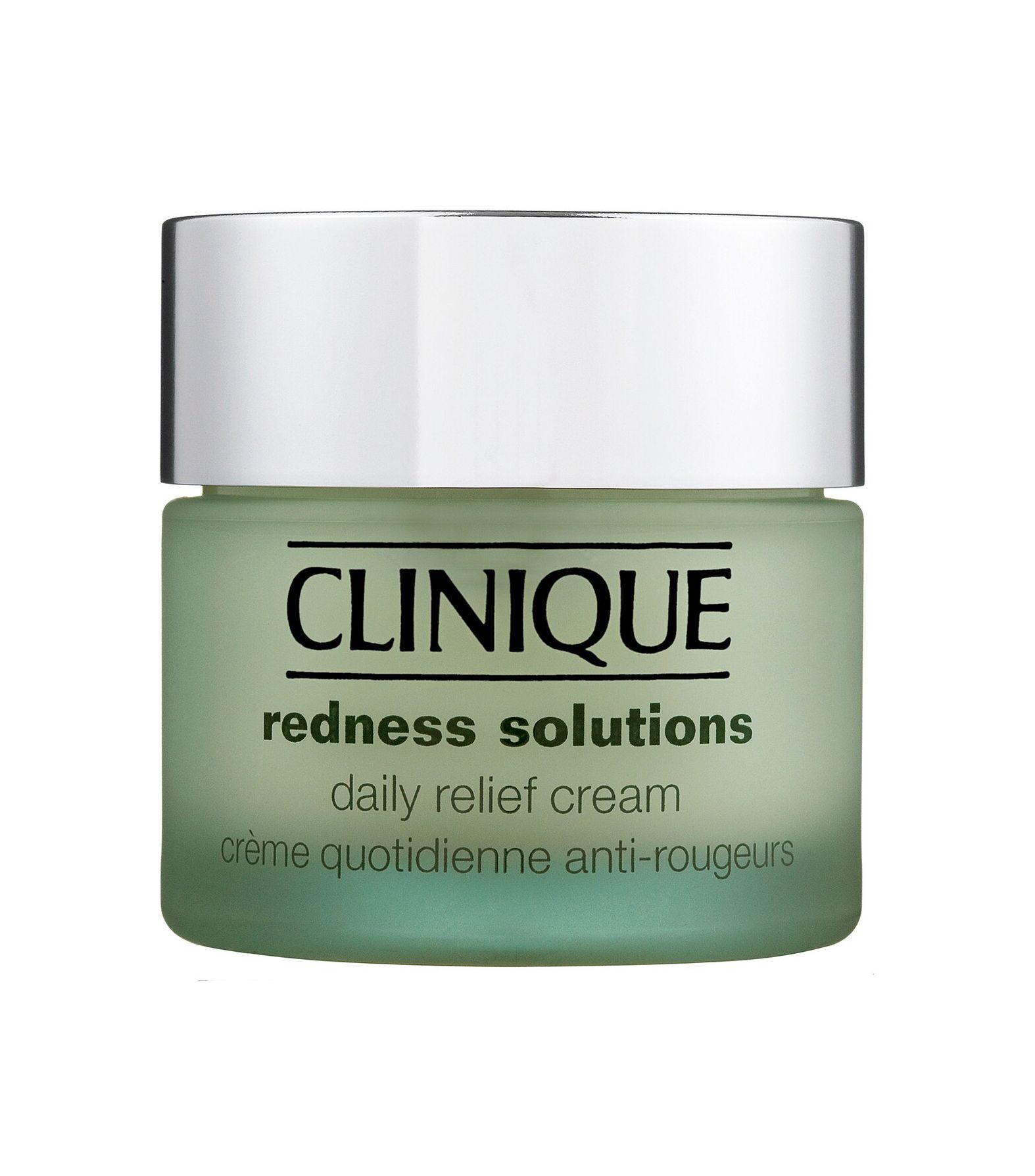

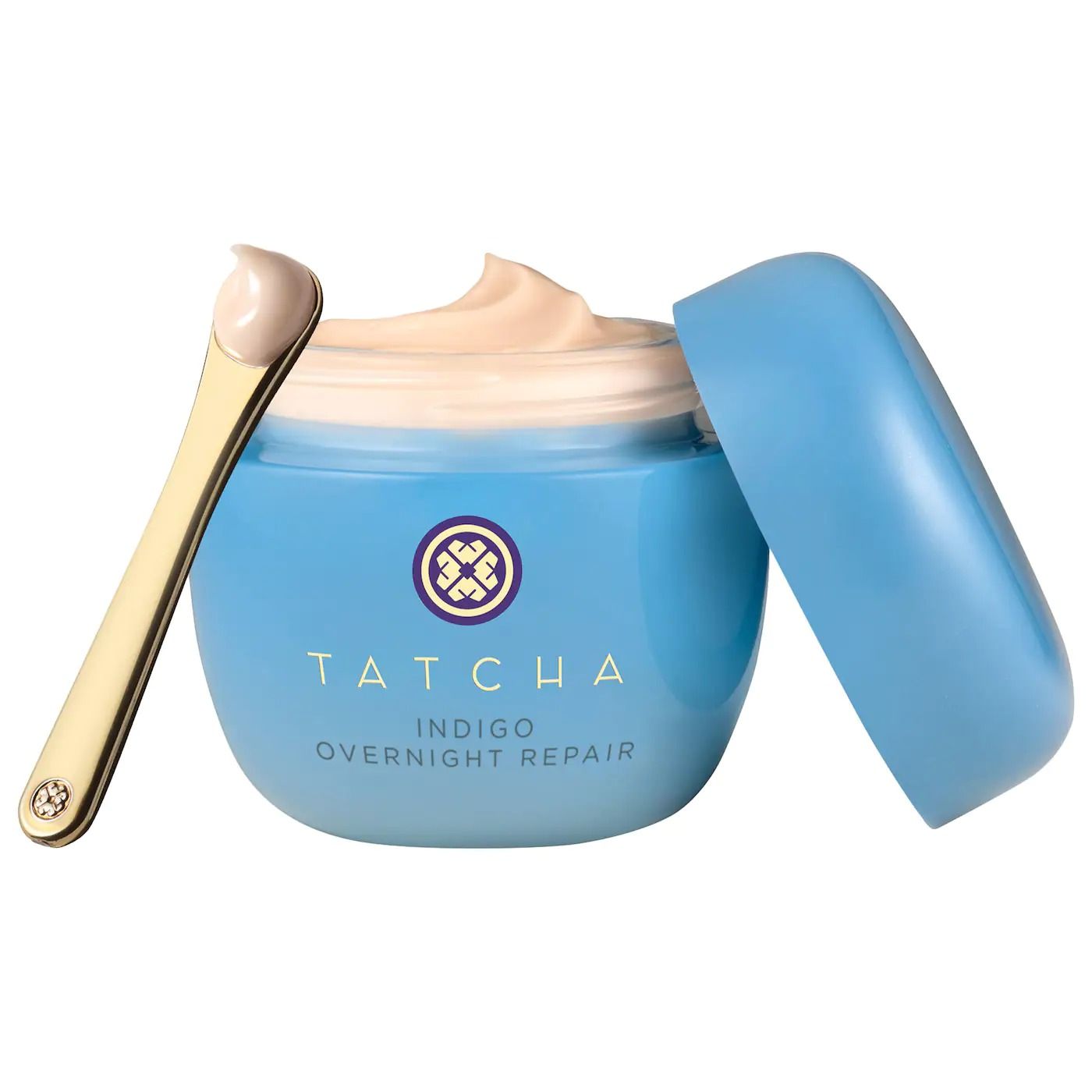

Next up, I pay $166 for this serum, but these drugstore dupes might be just as good.
This article was originally published at an earlier date and has been updated.